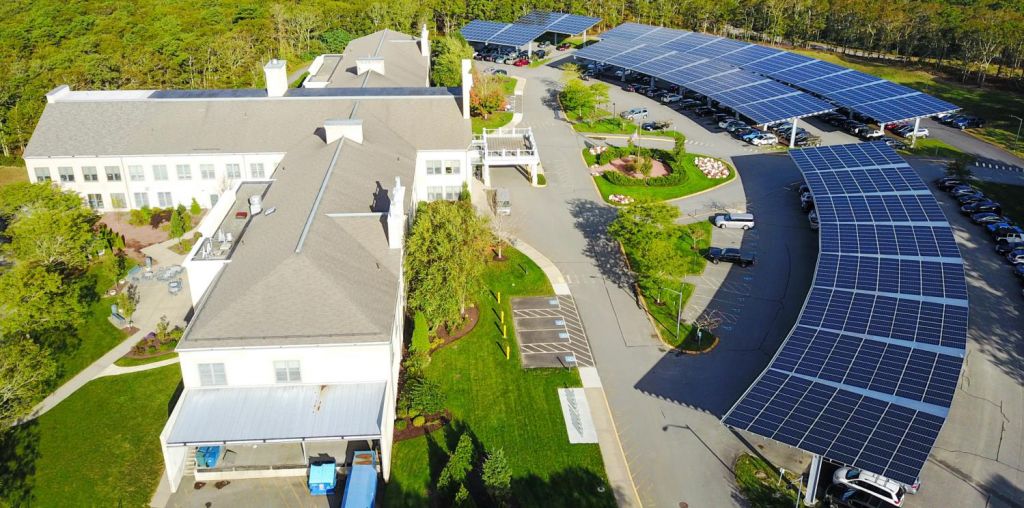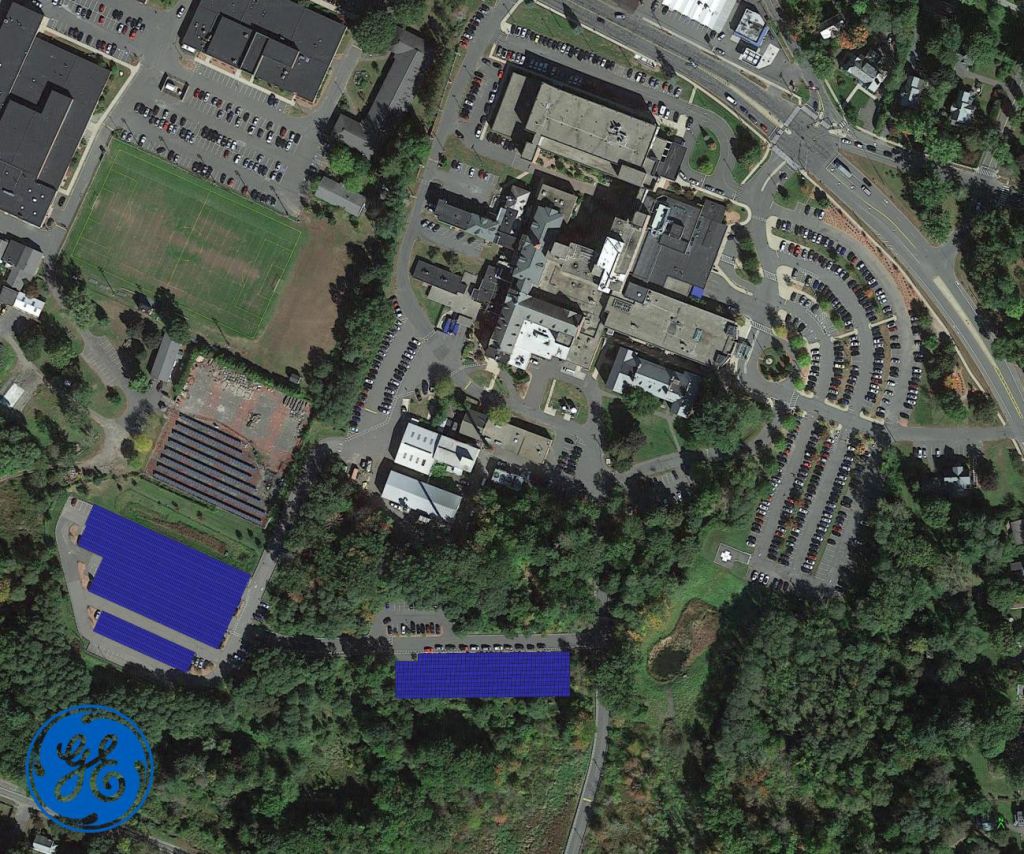January 21, 2020
January 21, 2020
Cooley Dickinson Strives for a More Eco-Friendly Future
![]() As we mature as a society, the more compassionate and far-sighted among us realize that the responsibility for the health of all people rests with every individual and every organization – and perhaps especially with those organizations whose purview is health care. Every year, Cooley Dickinson aspires to become a little better at caring not only for you, but for your children and their children as well, and every year our truly caring employees strive to conceive of, study and implement more environmentally conscious practices that will help ensure a better future for us all.
As we mature as a society, the more compassionate and far-sighted among us realize that the responsibility for the health of all people rests with every individual and every organization – and perhaps especially with those organizations whose purview is health care. Every year, Cooley Dickinson aspires to become a little better at caring not only for you, but for your children and their children as well, and every year our truly caring employees strive to conceive of, study and implement more environmentally conscious practices that will help ensure a better future for us all.
In the Cafeteria & Coffee Shop
Leading the home team in adopting greener measures, says Executive Chef Gary Weiss, is the Cooley Dickinson cafeteria. In the past several years, the Cooley Cafe has not only eliminated Styrofoam packaging and established a food composting program, but also now regularly serves up Meatless Monday meals, which both encourage healthier vegetarian meal options one day a week and reduce our organization’s impact on the greenhouse gas production caused by animal farming. They’ve also made the shift to the ‘blended burger,’ which Gary notes is “40% mushroom to 60% local, antibiotic-free beef.” Much as the larger world has had its curiosity piqued by things like the “Impossible Burger,” he says Cooley has adopted this practice to “allow for a person to have ground beef, but still help lower greenhouse gasses – without sacrificing taste.”
The cafeteria’s latest coup, notes Director of Food & Nutrition Services Ruth O’Connor, is the replacement of single-use plastic straws with paper straws, and, in the near future, they are looking to replace all plastic water bottles with water sold in aluminum cans. For a kitchen that serves hundreds of meals every day, this marks a meaningful change, and as wunderkind climate change warrior and Time magazine 2019 Person of the Year Greta Thunberg reminds us, “no one is too small to make a difference.” The Cooley Dickinson Coffee Shop (which orders supplies independently), has also forgone all Styrofoam cups and to-go containers in favor of paper ones, and has also made the switch to paper straws, notes Director of Volunteer Services Robin Kline.
Recycling Efforts
Other organizational efforts include recycling many items, including cans, jars, cardboard, ‘sharps’ and bio-waste, not to mention scrap metal, which even actually pays Cooley back (nearly $500 for recycling more than 50,000 lbs. of light iron in the past 2 years). In 2019, ES Director of Support Services Tim Culhane has documented that Cooley Dickinson also recycled:
- 55 tons of cardboard
- 32,000 lbs. of sharps
- 26,000 lbs. of cans, plastic bottles and non-PHI paper; and
- 340,000 lbs. of (shredded) confidential/PHI paper.

Studies for the Future
Cooley’s Facilities department is also constantly looking for ways to optimize space and energy use, produce less waste, and save money. Facilities Director Jon Slater says they’ve been conducting studies related to lighting upgrades that could reduce the organization’s annual consumption of electricity by almost 10%. Other studies include one for a potential “micro-grid” that could link the hospital together with nearby neighbors Smith Vocational High School and the Northampton Department of Public Works in a local collaborative effort to help reduce energy needs. Other projects up for consideration include a dedicated EV station for electric vehicles that arrive on campus, and solar canopies for Cooley’s larger/more southern-facing parking areas, which would provide both shelter and shade for staff, visitors, and their vehicles – and potentially substantial energy savings at the same time. (Though solar projects of this scale are complex, and Cooley is still in an evaluation stage as to the current proposal’s viability, other Partners facilities have successfully installed similar arrays and are already realizing savings and reducing their carbon emissions).
“On a larger scale,” says Jon, “we are looking to upgrade our power plant in an extensive study with Partners that shows a positive scenario related to cooling tower upgrades, boiler plant modernization and fuel reduction initiatives.” Some of these infrastructure-level projects are extremely complex, he notes, and won’t happen overnight, but their potential is real and Cooley Dickinson’s commitment to exploring these possibilities and executing them when possible is ongoing. “It’s important to understand that these projects are in the early stages of planning and design, but we are well on our way to taking our campus to the next level of Green Initiatives available to us.”

You Are Part of the Solution
“In 2020, we’ll be participating in Arbor Day with the City of Northampton, helping to plant trees” says Cooley Dickinson VP of Operations and Chief Administrative Officer Tony Scibelli. In years past, Tony points out that CDHC consistently also won the Greenhealth Practice Award, which recognizes health care facilities that work toward greater levels of sustainability and employ environmentally conscious policies. “In addition to pursuing facility-level policies,” he reminds us, “Cooley Dickinson encourages all of its employees to bring their own cups, silverware and other reusable items to reduce our overall waste and use of plastic.”
![]()

